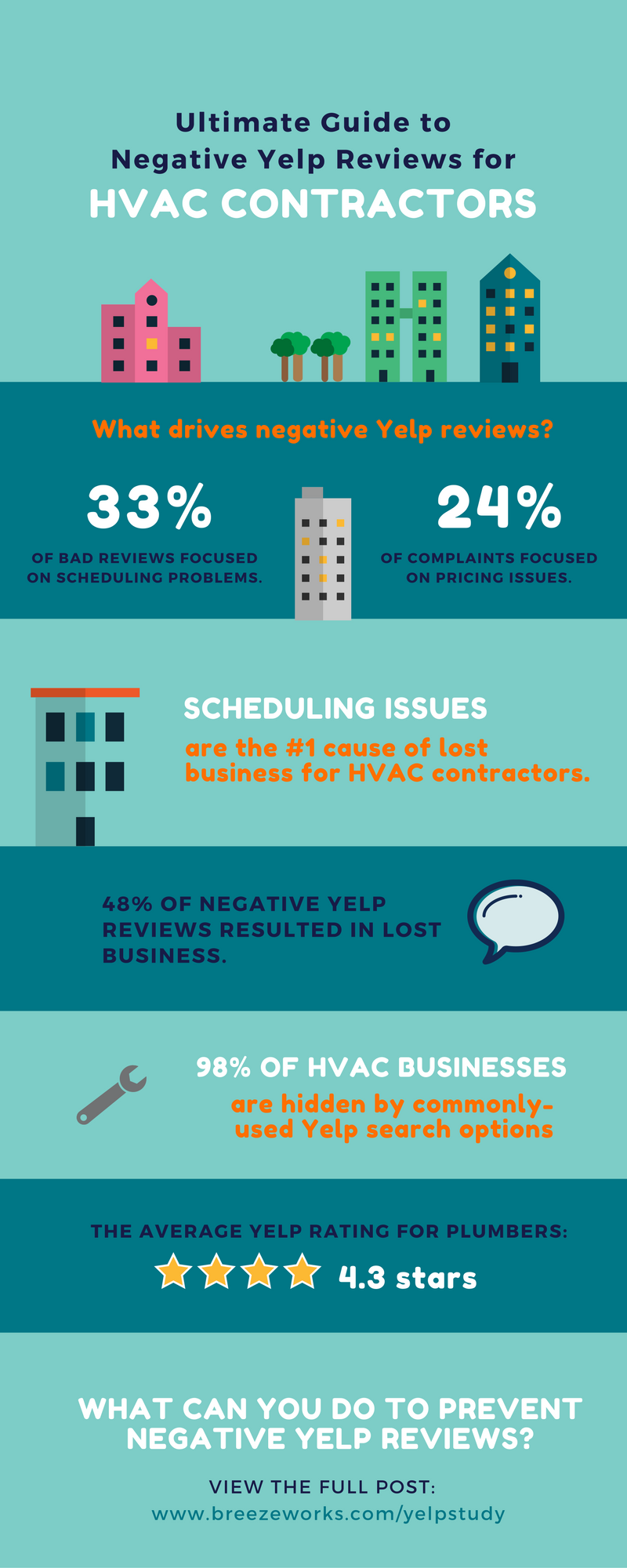Optimizing Comfort And Financial Savings - Tips For Optimizing Your Heatpump Performance
Optimizing Comfort And Financial Savings - Tips For Optimizing Your Heatpump Performance
Blog Article
Write-Up By- related website
Whether you own a heatpump or have an existing central heating boiler back up, there are a few points that can be done to maximize your system for effective procedure. By following these pointers, you can take full advantage of comfort and savings without stressing your system or acquiring energy bills.
Changing your thermostat for effectiveness is just one of the first steps. Using zoning capabilities to restrict home heating of vacant rooms is one more efficient strategy.
1. Set Your Thermostat to the Right Temperature
As the seasons transform, balancing comfort and expense effectiveness can be an obstacle. The good news is, a few easy suggestions can aid you minimize power usage and optimize savings.
Begin by determining the most effective temperature for your family members, after that set your thermostat accordingly. Prevent making large lift and down in the temperature level setting, as this will trigger your heat pump to cycle on and off a lot more frequently, using up a lot more energy.
Instead, slowly lower the temperature level in the evening for a more comfy sleeping atmosphere. After that, raise it slightly in the early morning. Bear in mind to maintain air vents open and directed downward when home heating, and up when cooling down to enhance flow.
2. Check Your Unit On A Regular Basis
A heat pump system calls for very little maintenance, but it is essential to check the device routinely to catch any type of issues before they end up being extreme. Tidy indoor filters on a schedule established by the supplier or when they're noticeably dirty, and make certain outdoor devices have at least two feet of clearance to permit air flow.
Inspecting the unit will additionally include cleansing, tightening up electric terminals, and running performance tests to ensure precision throughout heating and cooling down settings. It's suggested to have a specialist service the heat pump twice a year. Doing these routine services can make the most of energy financial savings and extend the life of the system.
3. Clear Snow and Ice Around the Device
Heat pumps are made to operate outdoors and need to be without snow and ice in order to circulate air. If your heatpump is obstructed by snow and can't pull in air, it will toggle between heating & cooling and might strain.
It's important to clear a two-foot clearance around your outdoor system in order to boost air flow and protect against ice buildup. Heat pumps commonly enter a defrost setting in the wintertime to thaw ice and snow but this process can be troublesome if your device is obstructed by excessive snow. This will certainly decrease your energy efficiency and cause costly repair expenses in the future.
4. Evaluate the Refrigerant Levels
A heat pump utilizes cooling agent to cool your home in summer season and warm it in winter. You can assist maximize its efficiency by frequently examining the refrigerant degrees.
It takes more power to transform the temperature level of your heatpump from a comfortable setting to a colder one than it does to keep that temperature. Altering the temperature level for brief time periods can also waste energy.
Dripping ducts and dirty air filters can result in uneven temperature levels. They can additionally make your heat pump much less efficient and cost more to operate. An expert can find and repair these problems to improve your heat pump's performance.
5. Optimize Your Zoning Capabilities
Utilizing the zoning capabilities of a heat pump can assist to minimize power waste by warming only busy areas. This not only minimizes power usage however likewise lowers operating expense and expands the life of the system.
The Build Well balanced Zones device makes use of a genetic algorithm to develop areas that meet needed area structure criteria. These requirements consist of equal location, density, and equivalent variety of attributes.
Furthermore, by making use of wise thermostat technology to maximize the temperature level setups based upon occupancy patterns and organizing, you can further enhance your heat pump's efficiency. Preserving a clean air filter, guaranteeing correct insulation and having your ductwork reviewed for performance can all contribute to improved energy financial savings too.
6. Shielding the Outdoor System
Homeowners commonly ask whether it's worthwhile to plant shade trees near their exterior air conditioning system (AC) device. The solution is usually indeed, as shading the a/c device can help in reducing warm from the sunlight, which consequently aids it cool down extra successfully.
However, it is very important to note that shading the a/c unit doesn't necessarily reduce power intake. As discussed in visit this web page link of the FSEC report, the temperature level of the bordering air has a larger effect on cooling down effectiveness than does the volume of air drew in by the ac unit.
If your cooling compressor is on the south side of your home, consider planting high, deciduous trees with wide, spread-out covers. These can give adequate shade within one year.